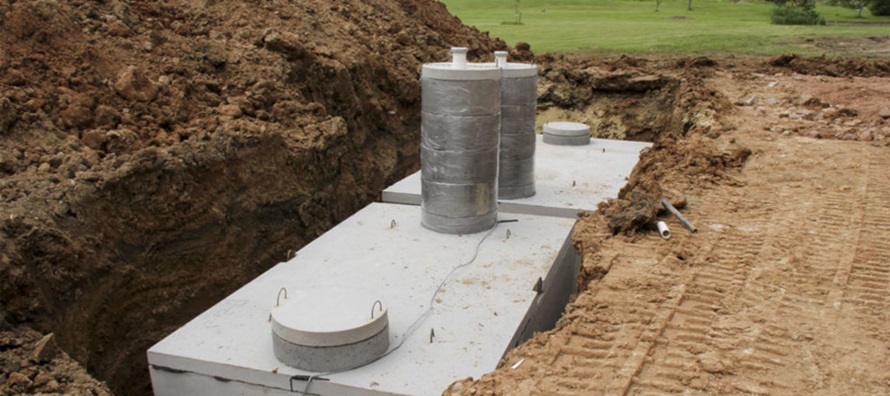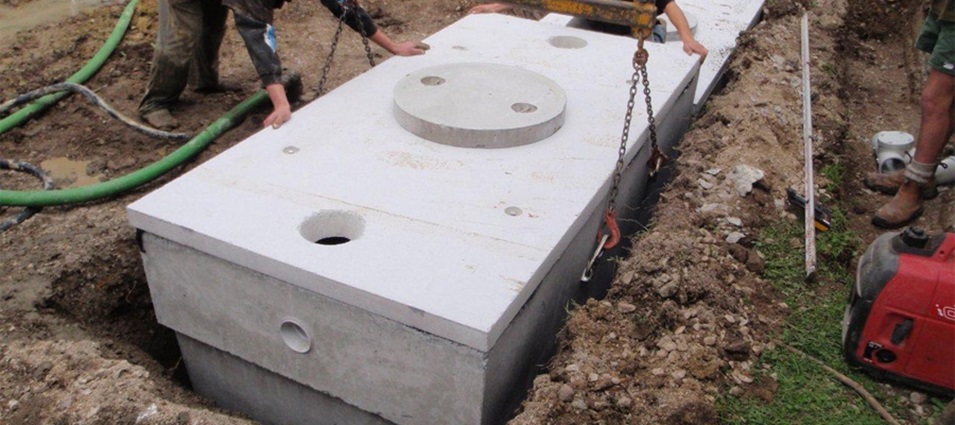Septic tanks, just like any other drainage system, may develop faults from time to time. They tend to suffer from leaking as well as flooding during the rainy seasons. Various reasons cause leaking, such as water finding its way in, or the surface may runoff.
With flooded septic tanks, one has to perform a physical check to the inside. The process is risky, and so one should be cautious not to fall inside. Look out for any unusual high sewage levels. The presence of waste overflowing is an indication that things are not okay.
What to look out when carrying inspections
Severe conditions may lead to the development of cracks in septic tanks made of concrete. In some instances, the spaces between the cracks may grow denser to cause massive leakage. The result of that is a polluted environment and improper waste disposal. The cracks may emanate from the insufficient ratio of cement to sand, as well as the use of low quality concrete. Any of the factors make the concrete erode when the rain falls.
A blockage at the outlet of the septic tank or along the system is among the most common failures. A closer observation of the inside, showing excessing waste, may be an indication of obstruction. If your sewage system has an inspection area, it is safe and easy to take regular checks and perform loading and dye examinations.
Concrete septic tanks are durable in cases where the concrete used is high quality and properly mixed. However, the lids might get damaged or lost. In that condition, the inlet and outlet are likely to block since the tank is exposed.
A concrete septic tank is at risk if the soil beneath is loose. There are high chances of leakages, blockages or pipes might get broken. It is therefore advisable to prepare the ground well when setting up your concrete septic tank.
A septic tank must remain secure all the time. However, situations arise, and the access covers get damaged, or they might be missing altogether. Such is a risky situation as someone may fall in unknowingly. For safety purposes, ensure to alert the public concerning any insecure or missing covers.
Concrete septic tanks repair

Spoilt or missing lids have no other options apart from replacement. They are vital for the inlet and outlet of the septic tank and play a crucial role in preventing blockages. If your septic tank has an issue with flooding from groundwater, the situation might get worse and so immediate repair is necessary. The repair work should also include sealing any openings visible along the pipes.
Failure to observe timely repairs to flooding issues leads to the problem messing the ground around or even your house. Sealing the septic tank is a wrong idea, as the lid should be removable to allow maintenance procedures. Your technician should as well never overlook any crack or holes.
In some situations, sealing the septic lid may present itself as a better option, considering the cost of regular repair. However, ensure to execute a proper inspection to ascertain the possibilities of other issues within the system. A wrong diagnostic can lead to more problems if you end up sealing the lid. A better option includes directing the runoff in a different direction from the tank. You can install an interrupt gutter to guide water from the septic hole. Repairing holes or cracks is not as difficult as some may think. Concrete patches are the perfect option in this case. Adding other compounds like crack sealers and epoxies is a brilliant idea.
Conclusion
Carrying out septic repair or maintenance procedures is not an ordinary job. Therefore, it is advisable to observe all safety precautions as there are serious risks involved. Do not attempt to access the interior of a septic hole if you do not have any training in the field. Ensure that you have the proper equipment for the task.















